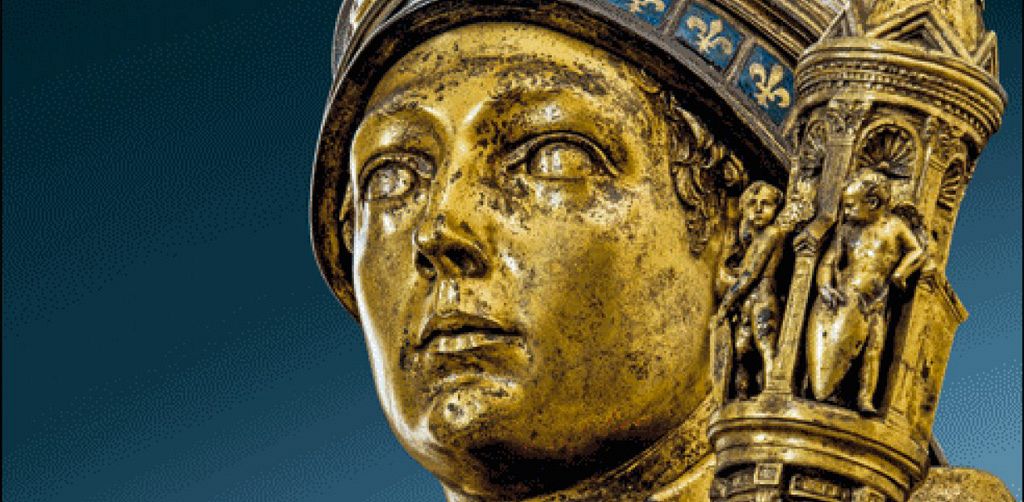Palazzo Strozzi hosts til August 18, “The Springtime of the Renaissance. Sculpture and the Arts in Florence, 1400-1460”, an exhibition which sets out to illustrate the origin of what is still known today as the ‘miracle’ of the Renaissance.
The Cultural Premises of the Rebirth of the Artistic Life Palazzo Strozzi Foundation and The Musée du Louvre present, til August 18, The Springtime of the Renaissance. Sculpture and the Arts in Florence, 1400-1460″, an exhibition which sets out to illustrate the origin of what is still known today as the ‘miracle’ of the Renaissance in Florence predominantly through masterpieces of sculptures, the form of figurative art in which it was first embodied.
The word Renaissance, used for the first time by Vasari in his book “Vite” 1550 , refers to the historic period between the late 14th Century and the second half of the 16th Century, which was characterized by the rebirth of the cultural and artistic life.
This phenomenon involved the whole of Europe but its first roots undoubtedly originate in early Florentine Humanism. Thus the rediscovery of classical studies, seen from a free and lay point of view, made it possible to uphold man and his possibilities of free thought and action through a critical analysis of his world that followed the guide-lines of the old masters. It meant a complete release of thought and action from the strict theological and limited dogmas of the Middle Ages.
Fundamentally, from the philosophical point of view, the Renaissance meant naturalism, in other words, the study of man and the universe without using religious reasonings.
Man is now the centre and measure of all things, a chosen creator who echoes the deep harmony between the microcosm and the macrocosm.
Niccolò Cusano, Marsilio Ficino, Pico Della Mirandola and Giordano Bruno re-read Plato and each in their own way, found the inspiration to compare man with his capacity for knowledge in a brand new philosophical position, born in the cultural milieu of the Medici Family, called ‘Neo-Platonism’.
Alberti and Salutati rediscovered the values of human independence and dignity in the philosophy of the Stoics. Lorenzo Valla, following the ideas of Epicurus, claimed the end of the principle of authority.
Pomponazzi, a follower of Aristotle, made his own completely laical interpretation, denying immortality of the soul and proposing ethics that were free of religious considerations.
Niccolò Machiavelli supported the separation of politics from morality, Campanella dared propose a “natural religion” and an utopian proto-communism.
A similar release from the strict bonds of metaphysics took place in the world of science and set the basis for the elaboration of mathematical-experimental methods.
A new category of scientists and engineers was born of whom Leonardo is one of the finest examples. These new philosophical positions helped to reject the old Aristotelian method, founded on pure deduction. Important progress was made in the astronomic field by Copernicus, Tycho Brahe and Keplero, opening up the way for Galileo and heliocentrism.
In the field of mathematics, the Italian algebrist Cardano was able to resolve third degree equations, which the Greeks and Arabs had not managed to do, and frees calculation from all purely dogmatic considerations.

